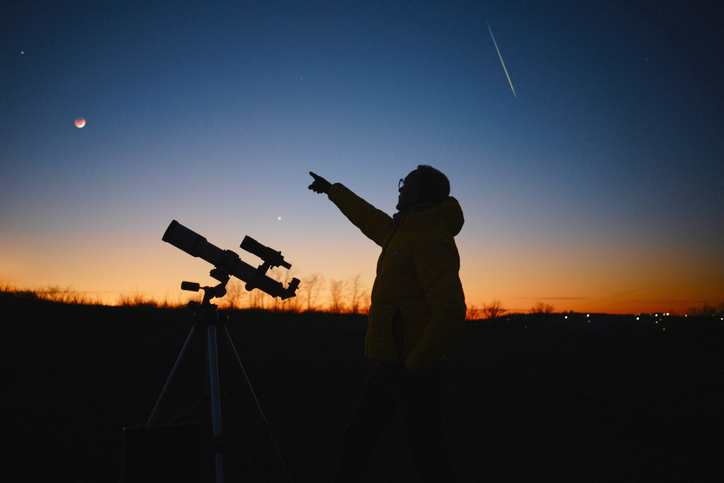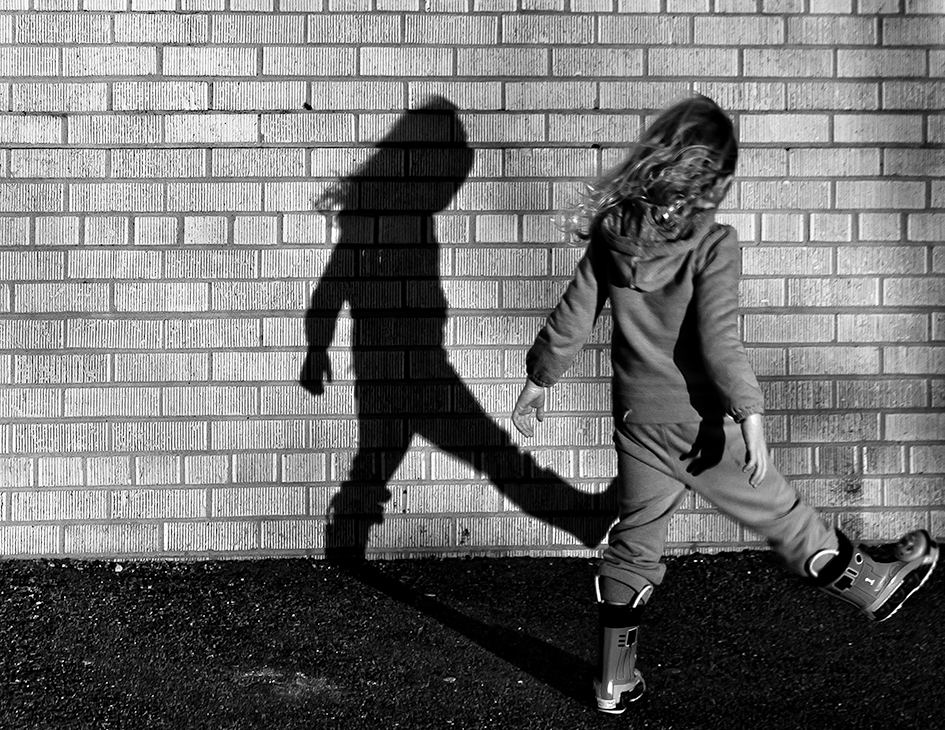Learning objectives
Knowledge
- To recognise which materials cast a shadow.
Working scientifically
- To ask testable questions and plan how to answer them.
Success criteria
Knowledge
- I can describe
This content is for subscribers only. Join for access today.
National curriculum
Science
Light
Pupils
This content is for subscribers only. Join for access today.
Cross-curricular links
English
Spoken language
Pupils should
This content is for subscribers only. Join for access today.
Before the lesson
This content is for subscribers only. Join for access today.
Lesson plan
Recap and recall
Display the Presentation: Light and reflection odd one out and ask the children to discuss and justify in pairs which object from each group they think is the odd one out.
This content is for subscribers only. Join for access today.
Extended-mode explainer videos
How to extend your display to view the lesson page and preseantion mode simultaneously. Choose your operating system below to watch the video
If you need further support with extending your display,
please contact [email protected].
Extended-mode explainer video: For Mac
Extended-mode explainer video: For Windows
Adaptive teaching
Pupils needing extra support
Should use the Activity: Patterns between materials and shadows: support version that provides specific features to look for in the shadows; could watch the Pupil video: Translucent animals before the lesson to allow more thinking time for the Wrapping up activity.
Pupils working at greater depth
Should independently suggest testable questions relating to shadows; should use a broad range of scientific vocabulary to describe and explain their observations, including naming materials and their properties; could explore how shadows are affected by both flat and 3D objects and make comparisons; could choose an extension activity relating to shadows from the Resource: Stretch and challenge: Light and shadows.
This content is for subscribers only. Join for access today.
Assessing progress and understanding
Pupils with secure understanding indicated by: describing how shadows form; identifying patterns
This content is for subscribers only. Join for access today.
Knowledge outcomes
- I can describe that shadows form when light is blocked by a material (usually opaque).
- I can identify patterns between groups of materials and the shadows produced, such as opaque materials forming darker shadows or translucent and transparent materials forming lighter, fuzzier shadows.
- I can recall that the colour, material and position of an object can affect the way a shadow appears.
This content is for subscribers only. Join for access today.
Vocabulary definitions
-
cast a shadow
To send a shadow in a particular direction.
-
opaque
A property of a material where no light can pass through.
This content is for subscribers only. Join for access today.
In this unit
Assessment - Science Y3/4 (A): Light and shadows
Y3/4 (A): Lesson 1: Sources of light
Y3/4 (A): Lesson 2: What is reflection?
Y3/4 (A): Lesson 3: Where do shadows come from?
Y3/4 (A): Lesson 4: Shadows throughout the day
Y3/4 (A): Lesson 5: Investigating shadows
Y3/4 (A): Lesson 6: Using light and shadows





